Fall 2010 Letter from the Editor: The Immigration Issue
At the turn of the 20th century, the Statue of Liberty greeted immigrants as they arrived to Ellis Island. An immigrant herself, Lady Liberty was a gift from France. Despite her foreign roots, this iconic symbol of American ideals, representing freedom and democracy, was designated a national monument in 1924.
More recently, the Statue of Liberty, widely identified as a tourist destination, serves not only as a physical marker of American identity to the world, but connects the nation’s population to a common land and shared history.
But what does Lady Liberty stand for during this critical moment when discussions on immigration policy enter our daily lives? As globalization continues to collapse some boundaries and allows ideas, goods and people to move more easily, borderlines on our domestic front have become a literal place of divide.
In our current time of economic crisis it’s easy to place blame on a different group rather than look for a rational explanation. In many cases, this threatening and burdensome “other” has been specified as the recent immigrant, whose roots in the US are perhaps more recently formed but no less valid.
In front of a congressional hearing on migrant workers, Stephen Colbert satirically voiced the anti-immigrant opinion. “My grandfather did not travel across 4,000 miles of Atlantic Ocean to see an America overrun by immigrants!” said Colbert. “He did it because he killed a man in Ireland.”
Colbert’s statement raises some tough questions. How does one, such as Colbert’s grandfather, qualify the transition from immigrant to that of non-immigrant? Under what circumstances does the notion of citizenship reconcile the label of “immigrant”? How does the idea of citizenship contribute to our idea of a nation-state? And, how does our society, as opposed to our legislation, define a citizen anyways?
If, as in Colbert’s grandfather’s case, an action hurting one’s community is enough to move one from his or her country of origin, it is astounding that actions such as keeping families together or working toward positive social contributions that empower communities are not enough to stay in another. Contemporary times make it much more difficult to gain the “right” to be in this country, one that, if based on precedence, should be freely available to all.
The complexities and gravity of immigration will only continue to intensify. I ask that you also take a moment to reflect on your own community and consider how social relations play into immigration and current events as you begin to navigate this vivid and intricate issue.
Yours,
Sam Lim
Read The Immigration Issue here

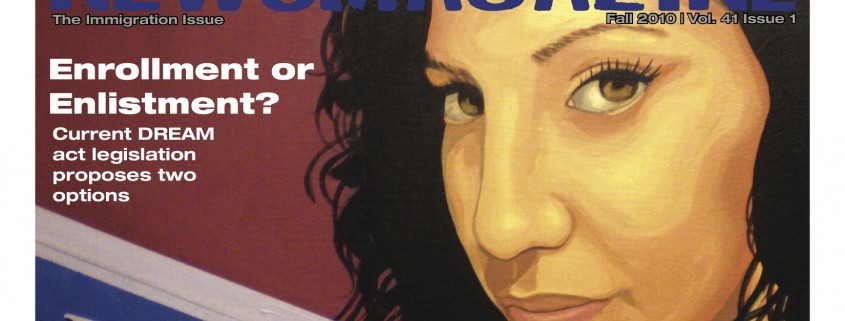
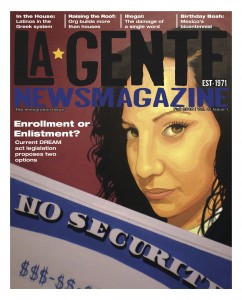

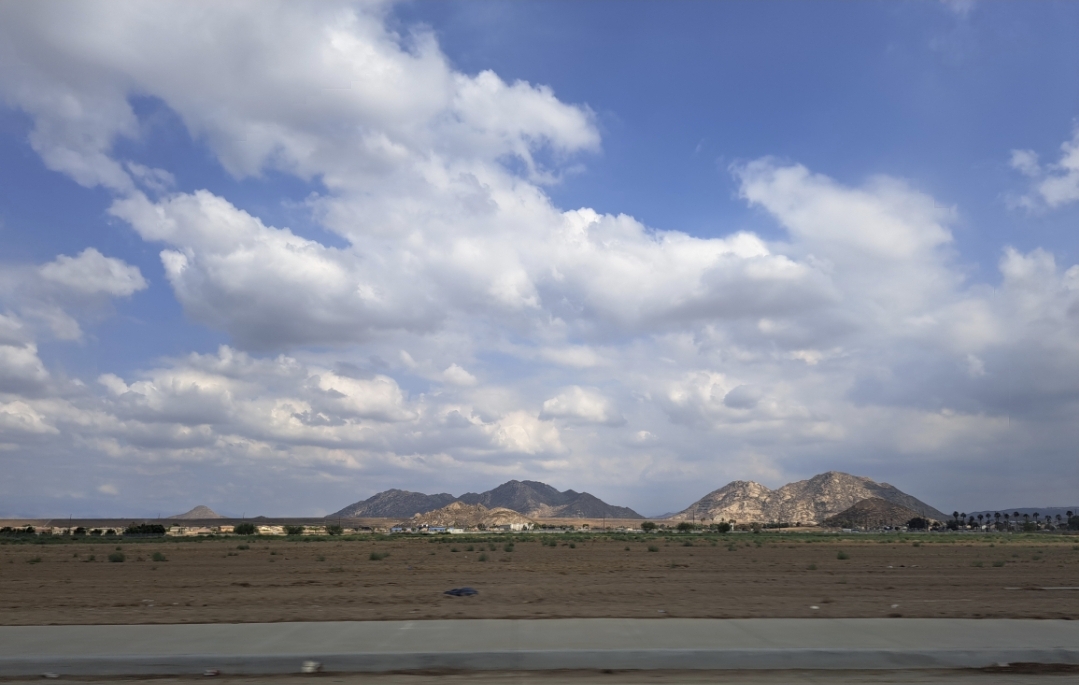
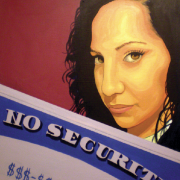
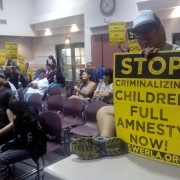

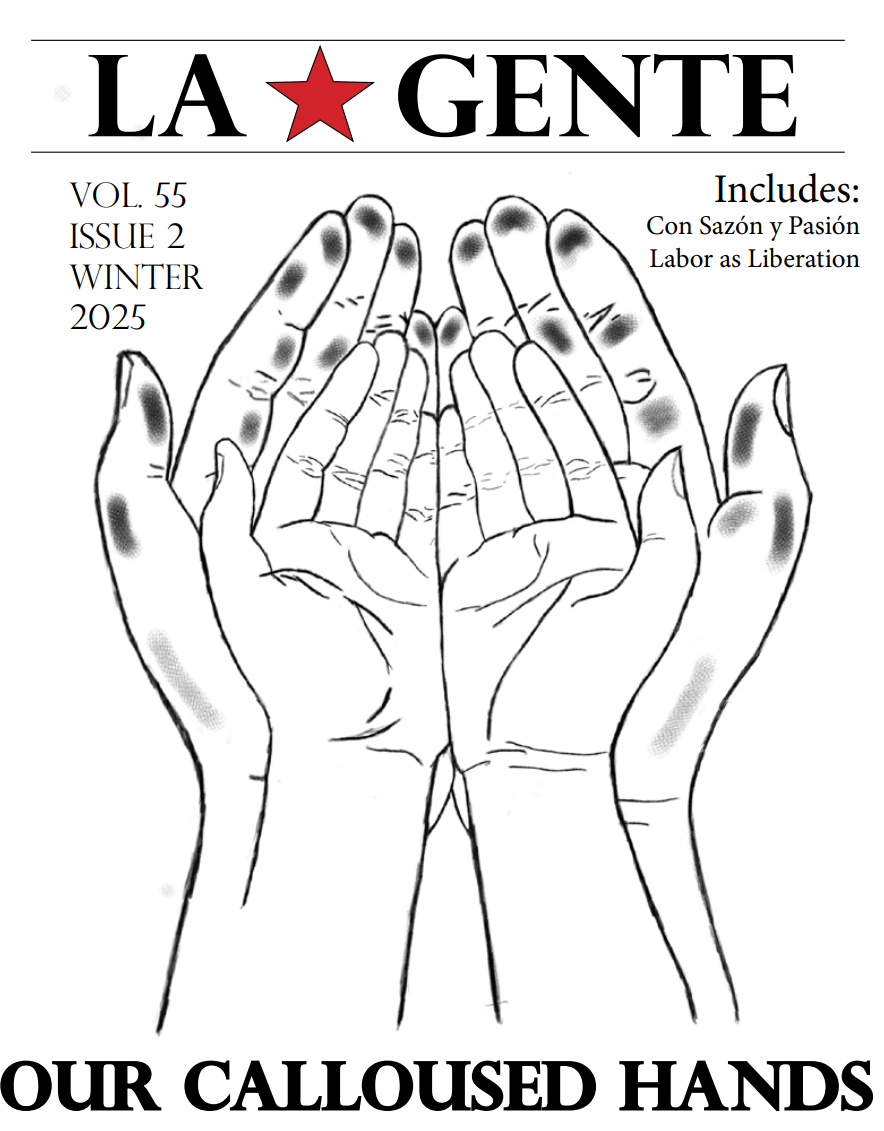



Leave a Reply
Want to join the discussion?Feel free to contribute!